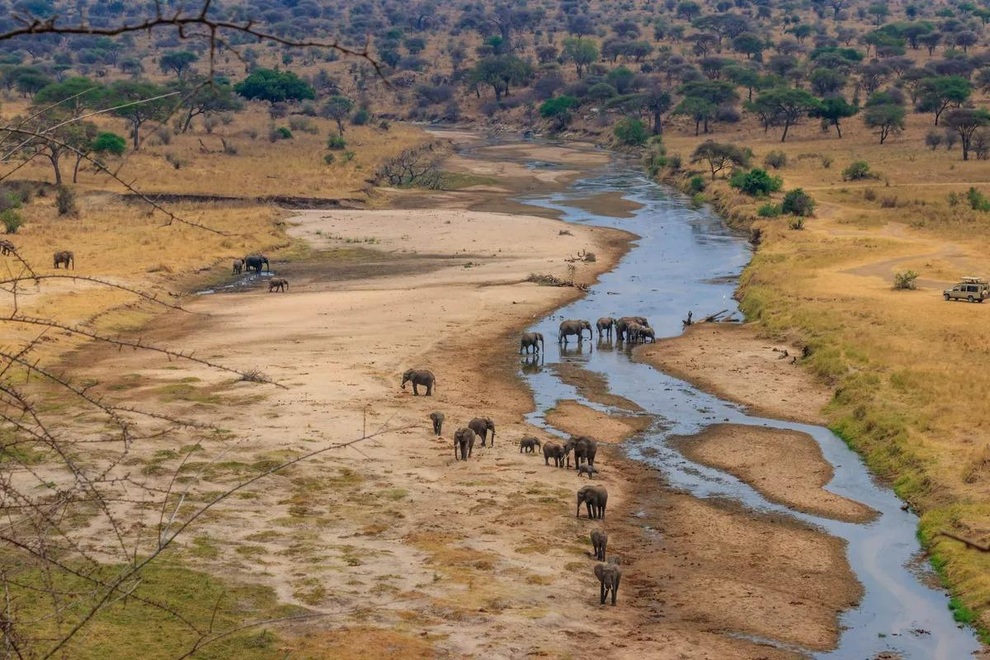Africa is home to the largest, tallest and heaviest terrestrial animals in the modern world.
Africa boasts an impressive list of the largest living land animals: the African bush elephant (the largest land animal), the giraffe (the tallest land animal), and the largest primate (the Eastern gorilla).
The continent is also home to hippos and rhinos, both of which can weigh more than a ton. The variety in size and mass of these animals sets Africa apart from other continents, where large animals have long since disappeared.
Africa wasn't the only place in Earth's history where giant animals roamed. The largest animals that ever lived, like the sauropod Patagotitan mayorum, roamed Argentina 100 million years ago.
However, when humans emerged at the end of the Quaternary, a mass extinction event occurred, wiping out a large number of large animals (megafauna) around the world .

What makes Africa special is that it has not suffered the same level of extinction as Europe, North America or Australia. The reason lies in a unique evolutionary advantage: African megafauna evolved alongside our early human ancestors (Homo sapiens).
A 2024 study found that large animals in the Paleotropics (mainly sub-Saharan Africa and tropical Asia) had significantly lower extinction rates than elsewhere.
The authors explain that earlier human-caused extinctions in the Paleotropical period may have eliminated vulnerable species, leaving the remaining species more resilient to later human impacts.
This simultaneous evolution served as a “survival lesson” that spanned millions of years. Large African animals had enough time to learn from and develop caution around their early human ancestors.
They learned to avoid humans, making them better adapted and more likely to survive, thus evolving into the giant species we see today.
In contrast, on continents where humans arrived later (like Australia), large animals did not have time to develop fear responses and were more easily hunted, leading to mass extinctions.
The unique concentration of the world's largest animals in Africa is therefore a testament to the shared ecological history between humans and the wild world.
